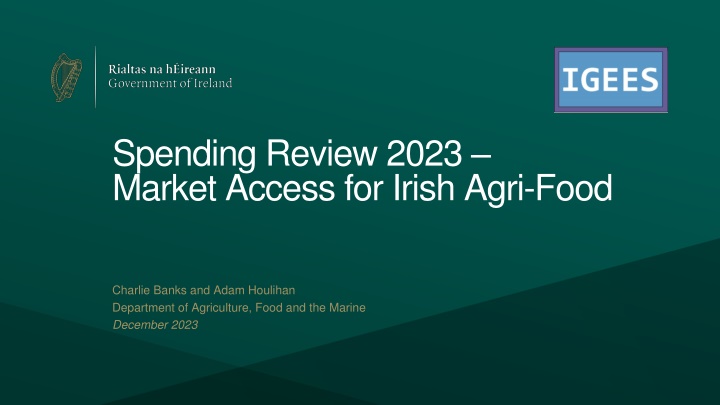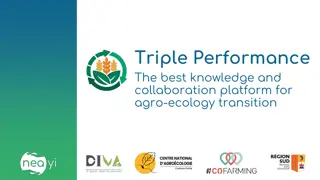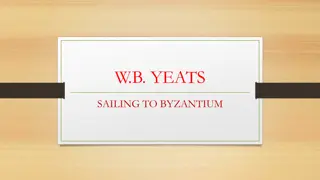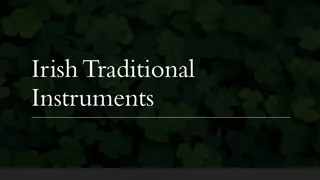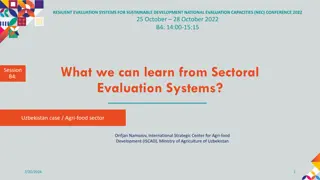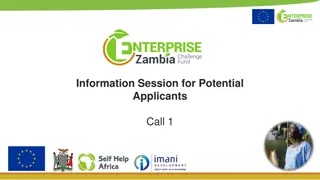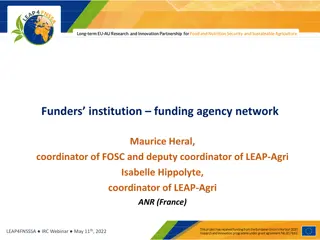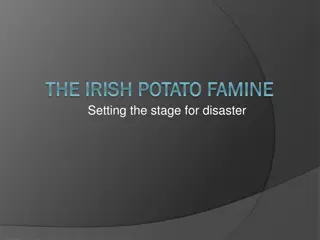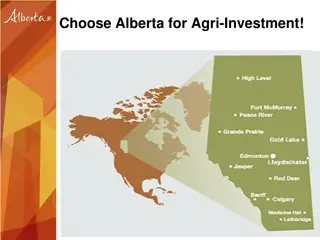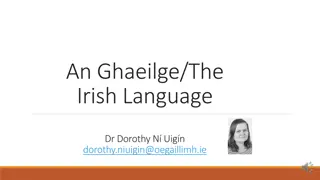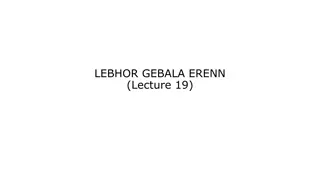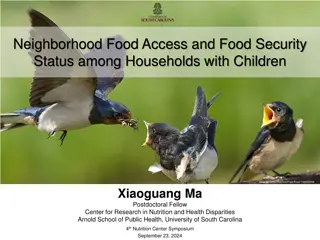Review of Market Access for Irish Agri-Food 2023
This paper examines the market access strategies and outcomes for Irish agri-food exports, analyzing trends, expenditures, and policy implications. It focuses on efforts to diversify markets, secure competitive prices, and address challenges such as Brexit. The findings highlight the importance of ongoing efforts to maintain and improve market access in a changing global landscape.
Download Presentation

Please find below an Image/Link to download the presentation.
The content on the website is provided AS IS for your information and personal use only. It may not be sold, licensed, or shared on other websites without obtaining consent from the author.If you encounter any issues during the download, it is possible that the publisher has removed the file from their server.
You are allowed to download the files provided on this website for personal or commercial use, subject to the condition that they are used lawfully. All files are the property of their respective owners.
The content on the website is provided AS IS for your information and personal use only. It may not be sold, licensed, or shared on other websites without obtaining consent from the author.
E N D
Presentation Transcript
Spending Review 2023 Market Access for Irish Agri-Food Charlie Banks and Adam Houlihan Department of Agriculture, Food and the Marine December 2023
Market Access for Irish Agri-Food Overview Irish agri-food is export-orientated, with exports valued at 19bn in 2022 reaching over 180 countries; facilitating Irish exporters to secure the most competitive price can support broad objectives. Food Vision 2030 emphasises diversifying and developing markets, plus increasing efforts to gain and maintain access to priority markets. Export data from Eurostat is primarily used to analyse agri-food export trends between 2000 and 2022. Aims and Objectives The review is timely as additional resources have been committed to market access particularly since the Brexit referendum, given the UK had consistently represented over 40% of agri-food export value. The report set out to indicatively estimate the level of resources committed to market access; evaluate their impact in securing market access by analysing export trends; assess the continued relevance of these efforts towards policy objectives; and identify relevant learnings to ensure resources are deployed most efficiently and effectively going forward. The paper can inform future market access efforts in contributing analysis and evidence-based findings. During the spending review process, directly relevant internal divisions of the DAFM; the High-Level Market Access Committee; and Bord Bia were consulted and informed the development of the paper. 2 Rialtas na h ireann | Government of Ireland
Market Access for Irish Agri-Food Key Policy Relevant Findings This paper indicatively estimates expenditure in the most directly relevant areas was approx. 18.2m in 2022 across DAFM staffing costs ( 9m); Bord Bia international market diversification investment ( 7m); and attach costs ( 1.7m). While other factors have likely driven trends, market access has enabled exports to Rest of World (RoW) markets. RoW agri-food export value reached 5.78bn in 2022; their three-year average real value grew 119% ( 2.63bn in 2022 Euro terms) in the decade to 2022 representing two-fifths of total growth, even as exports to UK (+42%) and EU (+65%) also grew. The share of total agri-food export value from RoW markets rose from 23% to 30% between 2010-12 and 2020-22, from a stable share of volume (c. 20%); these trends in part reflect the policy response toward diversification due to price premia. Case studies in selected markets demonstrate export value typically increases, with some lag, after access is secured; new access can provide an outlet where few alternatives were previously available; and recurring work to maintain and improve access is important to ensure opportunities can be availed of as they arise but trends depend on market conditions. Analysis of OECD statistics suggests domestic agri-food employment has become increasingly trade-intensive over time, with RoW demand playing a growing role; comparison with other EU member states indicates Irish exports have been relatively competitive in RoW markets; and there may be scope for further value growth with existing access. 3 Rialtas na h ireann | Government of Ireland
Market Access for Irish Agri-Food Key Policy Relevant Findings While the review highlighted some policy issues, policymakers are aware and mitigate where possible. Opportunities do not always materialise, e.g. as market conditions evolve between market access being sought and realised. Efforts to regain access when it is suspended have been quick to be established, intensive and sustained. Market access efforts have played a significant role in diversifying and growing the value of Irish agri-food exports; and they will be crucial for facilitating export value to contribute to achieving the objectives of Food Vision 2030. Demonstrable improvements in primary and wider sustainability can form the competitive basis for exports; efforts toward market access and export value must be underpinned by a food systems approach and improved sustainability credentials. Recommendations 1. Develop and broaden the evidence base on sustainability credentials, facilitating industry to innovate. 2. Update the Prioritising Markets exercise, with results communicated effectively to align stakeholders. 3. Recognise and resource market access processes to create opportunities and mitigate risks; but continue to be aware of the potential for diminishing marginal returns to resources and/or access saturation points. 4. Further research into the composition of export markets, the share of Origin Green-verified exports and wider role of agri-food trade for rural communities would complement this report. 5. Actions under Food Vision 2030 Mission 3, Goal 4 should guide all market access and development efforts. 4 Rialtas na h ireann | Government of Ireland
